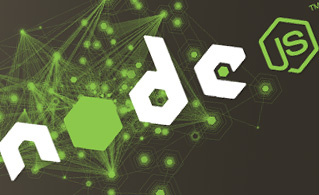Hepsia Advanced Features
The Advanced tab grants you quick access to an array of advanced features, among them the Memcached distributed memory caching system and the Varnish Cache web application accelerator, which will help you optimize your web sites and apps without having to move away from the hosting Control Panel. Based on the website hosting plan, these features are either included by default or are offered in the form of easy-to-get upgrades. InnoDB and NodeJS support is offered too.

Varnish
Varnish Cache is a web accelerator also referred to as a caching HTTP reverse proxy. You can install it in front of any web server that speaks HTTP and configure it to cache the contents. Varnish Cache is very, very fast and will boost the speed of your website. One of the essential advantages of Varnish Cache is the flexibility of its domain-specific language, VCL, which allows you to determine how incoming requests should be dealt with.

Memcached
Memcached is a generic distributed memory object caching system for increasing the load speed of dynamic database-powered sites. It is used to lower the number of times an external data source (such as a DB or API) is read by caching data and objects in RAM. The Memcached distributed memory object caching system uses a client/server architecture. The Memcached distributed memory object caching system is used by some of the most traffic-hungry sites on the Internet and is supported by popular web apps like Joomla and WordPress.

Node.js
Node.js is a platform for writing highly scalable Internet applications. Written in JavaScript, Node.js uses an event-driven, asynchronous I/O model that makes it lightweight and effective, great for high-performance content-rich Internet apps. Node.js uses Google's V8 JavaScript engine, libUV, and a number of in-built libraries.
InnoDB
InnoDB is the default database engine for the MySQL open-source database management system. A storage engine is the primary software component that a database management system uses to create, read, update and delete data from a database. The latest release of InnoDB offers significant improvements in efficiency, reliability and usability. InnoDB provides the standard ACID-compliant transaction features, as well as foreign key support. It is included as standard in most binaries distributed by MySQL AB.
